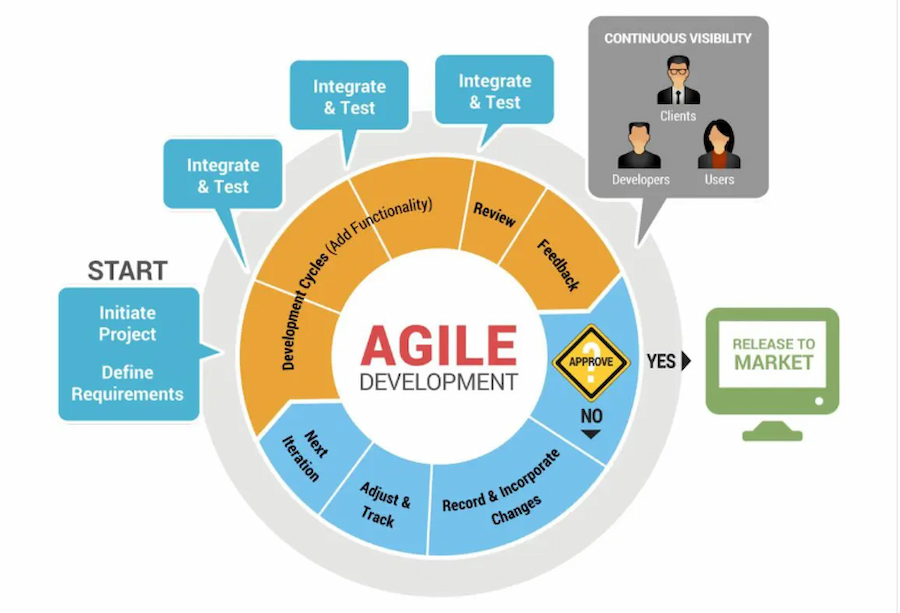Product Standards Face-off: Software Quality Assurance vs. Software Quality Engineering

People hate defective products.
Nobody wants to waste money on products of subpar quality, whether on shoes or software.
That is why any business or software development company worth its salt has up-to-date and effective quality management systems. Quality management basically involves crafting and implementing standards and processes to produce the most market-competitive products and services.
In software engineering, quality control standards ensure developers produce the most high-performing, reliable, and user-friendly computer programs or mobile apps.
One of these standards is software quality assurance (SQA). But another standard, called software quality engineering (SQE), has also made waves in the industry.
What are these standards? Which one should you choose for your software project? Is it even important to choose between the two?
Read this article to learn about SQA and SQE and how they act together to produce the best possible software. To provide you with the most accurate and useful information, I wrote this blog in collaboration with our project managers and app developers, who have served the needs of clients with a cumulative worth of around $270 million.
What is software quality assurance (SQA)?
Software quality assurance (SQA) is an extensive process dedicated to the planning and execution of strategies that guarantee software products align with predetermined quality standards.
The initiation of SQA activities occurs during the planning and design phase, which contributes to clarifying the scope of the software’s functionality. Subsequently, SQA creates the test-design document based on acceptance criteria and then performs manual testing to ensure the software is up to par with quality standards.
The rise of software quality engineering (SQE)
In the early stages of software development, the emphasis on quality was predominantly rooted in the skills and dedication of individual programmers. These early artisans crafted code meticulously, striving to minimize errors and imperfections.
However, as software systems grew in complexity and scale, relying solely on the craftsmanship of programmers became increasingly impractical. Quality Assurance (QA) was developed around the 1950s and 1960s to improve software quality in the face of these growing challenges.
Notably, QA is not the same as SQA at this point. Unlike SQA experts, who ensured quality controls early on, QA professionals rigorously tested software after its development phase. While essential, the reactive approach of the early versions of QA proved insufficient in the face of escalating software complexity and the growing demands for reliability.
The paradigm shifted towards a preventive strategy in the 1980s and 1990s. Many elements of SQA came together around these decades. Adopting practices such as code reviews and early defect detection marked this shift. By scrutinizing code during its creation phase, developers could intercept issues before they manifested into significant problems, enhancing overall software quality.
By the early to late 2000s, the advent of Agile methodologies and DevOps further revolutionized software development practices. Agile methods emphasize collaboration, iterative development, and close interaction with stakeholders like clients or end-users. Concurrently, DevOps fostered a culture of continuous integration and delivery, streamlining the development process and accelerating time-to-market.

Source: CyberHoot
The world’s best app development agencies implement both DevOps and Agile. Case in point: Appetiser Apps. We use both methodologies to create world-class mobile and web apps. To learn more, book a free consultation with us.
Many DevOps and Agile principles found their way into the conceptualization of Software Quality Engineering (SQE). SQE represents a proactive approach to quality assurance, transcending traditional testing practices to encompass a spectrum of quality-centric disciplines integrated seamlessly throughout the software development lifecycle.
SQA vs SQE: Common points and contrasts
Though both SQA and SQE ensure the proactive eradication of bugs and other defects before product launch, they differ in:
- Sphere of involvement in the software development cycle
- Testing techniques
Sphere of involvement in the software development life cycle
As I discussed earlier, software quality assurance focuses mainly on the planning and design stages. Quality analysts ensure that the process used to design and develop software is at par with international best practices and cutting-edge industry standards.
Meanwhile, software quality engineering drives greater efficiency and consistency throughout the entire software development process. Their role begins after SQAs determine quality requirements at the start of the development project.
Despite their differences, both quality assurance and quality engineering aim to give software products the best chance of succeeding in a globally competitive market.
Testing techniques
Both SQAs and SQEs involve themselves in software testing. But they do so in different ways.
SQAs perform manual testing by meticulously:
- Identifying potential issues
- Retesting the reported bugs once fixed
- Ensuring the functionality not only meets all the acceptance criteria but is also devoid of any defects
- Reporting bugs
This systematic SQA approach is crucial in preventing defects early in the development cycle, fostering consistency, and maintaining adherence to quality standards throughout the software development team.
Despite SQA’s thoroughness, it can’t beat SQE in terms of comprehensiveness. SQE adopts a more holistic stance towards quality assurance, extending well beyond SQA’s conventional boundaries. In addition, SQE distinguishes itself by seamlessly integrating engineering principles into every facet of the software development lifecycle.
The expansive approach of SQE testing encompasses critical elements such as:
- Requirements gathering
- Design
- Development
- Testing
- Continuous improvement, allowing SQE to exert its influence proactively throughout the software development process.
As you can see, SQA and SQE differ mainly in the broadness and depth of their role in the software development cycle. But given that SQE is more closely involved in the entire production process, it’s fitting to delve deeper into its testing methodology.
The role of automation in SQE
The key element that sets SQE apart from SQA is its leveraging of automated tools to establish quality gates for the application.
By employing automated testing procedures, SQE systematically checks the software’s functionality, performance, and security aspects. This ensures a thorough examination of the application and accelerates identifying and resolving potential issues, contributing to enhanced overall software quality and production speed.
SQE test pyramid concept

Source: Semaphore
SQEs implement the test pyramid concept. This conceptual framework categorizes tests into unit tests, integration tests, and end-to-end tests, with a higher emphasis on the foundational unit tests.
Aside from employing the pyramid hierarchy in conducting tests, SQE also employs automated testing processes that are integrated into Continuous Integration/Continuous Deployment (CI/CD) pipelines.
Test automation not only streamlines the testing process but also facilitates the swift and reliable deployment of software updates. The utilization of CI/CD is a crucial component of SQE’s strategy to enable faster releases.
By automating the build, testing, and deployment processes, SQE minimizes manual intervention. This reduces the likelihood of errors and ensures that software updates can be released more frequently.
Integrating CI/CD into the SQE framework accelerates the development lifecycle and reinforces a culture of continuous improvement in response to changing requirements or emerging issues.
The burning question: Is SQE better than SQA?
If you are trying to maintain quality standards in your software development process, choosing between Software Quality Assurance (SQA) and Software Quality Engineering (SQE) is a big decision with important consequences.
SQA focuses on following processes to ensure everything meets standards, while SQE takes a more hands-on, engineering-centered approach that influences the entire software development process.
Since SQE integrates quality considerations at every step of development, it’s a proactive and all-encompassing strategy that integrates quality considerations at every step of development. By choosing SQE, organizations set themselves up to enjoy better efficiency, reliability, and a commitment to getting better over time.
At Appetiser Apps, our software engineers ensure every step of the design and development process takes into consideration SQE principles so we can produce high-quality prototypes and fully functional mobile and web applications.
If you’re curious about leveraging our design and development methods for your business’ growth, book a free consultation with us and let’s find a way forward.

Jesus Carmelo Arguelles, aka Mel, is a Content Marketing Specialist by profession. Though he holds a bachelor’s degree in business administration, he also took courses in fields like computer troubleshooting and data analytics. He also has a wealth of experience in content writing, marketing, education, and customer support.


